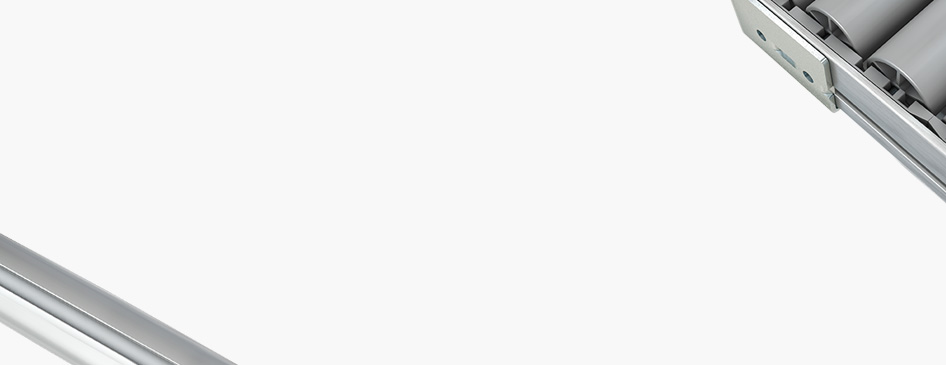
Choose one
or multiple languages
0,1,1
- German
- English
- Chinese
- Spanish
Chaku-Chaku
Chaku-Chaku (Jap. load-load) is a variant of flow and series production. It aims to ensure system performance is flexible enough that individual employee productivity stays constant even when headcount is increased.
In a Chaku-Chaku system, all the workplaces involved in the manufacture of a product are positioned close together in a U or Q-shaped arrangement. The workpiece is passed from one employee to the next according to the production stages. The distances between the individual processing stages must be kept as short as possible.
The principle can also be implemented on automated production lines, where employees set up a machine then (after processing) pass the workpiece on to the next processing stage. Personnel can also monitor several production stages if they are given responsibility for operating more than one machine.
Chaku-Chaku systems are frequently combined with Poka-Yoke measures or Hanedashi machines.
Chaku-Chaku
Das Chaku-Chaku-Prinzip (japanisch 'laden') beschreibt eine Variante der Fließ- oder Reihenproduktion. Es soll die Systemleistung so flexibilisieren, dass auch bei Steigerung der Mitarbeiterzahl die individuelle Personenproduktivität gleich bleibt.
In einem Chaku-Chaku-System stehen alle Arbeitsplätze, die an der Herstellung eines Produktes beteiligt sind, in U- oder Q-förmiger Anordnung nah beieinander. Den Produktionsschritten folgend wird das Werkstück von einem Mitarbeiter an den nächsten weitergereicht. Die Wegstrecken zwischen den einzelnen Bearbeitungsschritten müssen dazu möglichst kurz sein.
Das Prinzip kann auch an automatisierten Produktionsstrecken eingesetzt werden. In diesem Fall bestücken Mitarbeiter eine Maschine und reichen das Werkstück nach der Bearbeitung zum nächsten Bearbeitungsschritt weiter. Mitarbeiter können dabei durch Mehrstellenarbeit auch mehrere Produktionsschritte überwachen.
Chaku-Chaku-Systeme werden häufig mit Poka-Yoke-Maßnahmen oder Hanedashi-Maschinen kombiniert.
一步接一步
一步接一步 (Chaku-Chaku) 生产是流水线系列生产的一种类型。其旨在确保系统性能足够灵活,即使员工总数增加时个别员工生产率保持不变。
在一步接一步生产系统中,涉及产品生产的所有工作场所均呈U形或Q形紧密布置。按照生产阶段的要求,工件从一个员工传递到下一个员工。各个加工工序之间的距离必须保持尽可能的短。
这一原理也可以应用于自动化生产线,在自动化生产线上员工设置一台机器加工工件之后便将其传递到下一个加工工序。如果员工负责数台机器的操作,还可以同时监控几个生产工序。
一步接一步生产系统常常与防错措施或自动送出机器结合使用。
Chaku-Chaku
El Chaku-Chaku (del jap. carga-carga) es una variante de la producción en serie y flujo. Se enfoca en asegurar que el desempeño del sistema sea lo suficientemente flexible para que la productividad individual del empleado permanezca constante incluso cuando se incremente el personal.
En un sistema Chaku-Chaku, todos los lugares de trabajo involucrados en la fabricación de un producto se colocan cerca uno de otro en un arreglo en forma de U o Q. La pieza de trabajo es pasada de un empleado al siguiente de acuerdo con las etapas de producción. Las distancias entre las etapas de procesamiento individual deben mantenerse lo más cortas posible.
El principio puede también ser implementado en líneas de producción automatizadas, donde los empleados ajustan una máquina (después del procesamiento) y luego pasan la pieza de trabajo a la siguiente etapa de procesamiento. El personal también puede monitorear varias etapas de la producción si se les da la responsabilidad de operar más de una máquina.
Los sistemas Chaku-Chaku se combinan con frecuencia con las medidas Poka-Yoke o las máquinas Hanedashi.
